Workplace 2021: Three Trends And The Technologies That Can Drive Them

Amid social unrest and ongoing economic challenges as well as a global pandemic, the workplace in 2021 looks drastically different than it did a year ago. There are three core trends and explore some of the tools and technologies.
Trend 1: Hybrid Workspaces
While a turbulent year has created much uncertainty surrounding work and the workplace, there is little doubt that lasting changes are upon us. A return to pre-pandemic office norms is unlikely in the near future, if ever, and a vaccine likely will not change this. Remote work practices and policies should continue to dominate even once the global economy emerges from its Covid-19-induced slump.
Workplaces will become hybrid — combinations of employees and teams who work on-site and others who work remotely. These tech-centered collaboration spaces will be interconnected via virtual meetings and videoconferencing software. Expect familiar faces, such as Microsoft Teams, Zoom and Google Meet, to compete with smaller niche products with a focus on security. To ensure that time is not lost on troubleshooting Wi-Fi connections, companies can equip employees’ devices with branded bundles of collaboration software and issue WAN-integrated laptops that can improve videoconferencing stability. Extended reality seems unlikely to replace standard communication formats, but perhaps the monotony of staying home will speed up the historically slow adoption rates of augmented reality and virtual reality options for boardroom brainstorming sessions.
Trend 2: Mental Health
The pandemic has taken a toll on mental health around the world. Many employees who are reentering the workplace after a period of lockdown will be understandably anxious about the safety of their environment. Companies looking to take action in order to make workplaces secure could begin using occupancy sensors to ensure proper capacity. Technologies such as the Honeywell Healthy Building dashboard can monitor buildings as well as human behavior within office spaces to ensure optimal air quality and prevent the spread of infectious particles.
Anxiety and depression due to the pandemic could also lead to a rise in AI-powered chatbots. An Oracle study found that 82% of participants “believe robots can support their mental health better than humans,” and many believe this is due to robots’ impartiality. Technology-based support that is available to employees around the clock, such as virtual mental health counselors and crisis chatbots, should become more and more commonplace.
Trend 3: The Pivot
The pandemic has issued shocks to workers’ stability and confidence in the longevity of their career paths. To regain control and obtain upward mobility, many professionals are doubling down on acquiring new skills and pivoting into new careers to remain employed — and employable.
The rise of remote work culture means that this continuing education should occur in the form of digital upskilling. Older workers as well as millennials who want to remain competitive will likely seek online training to expand their professional horizons. Companies that want to attract the best candidates could even begin including digital upskilling as a key part of their benefits packages.
Source: www.forbes.com




Recent Comments